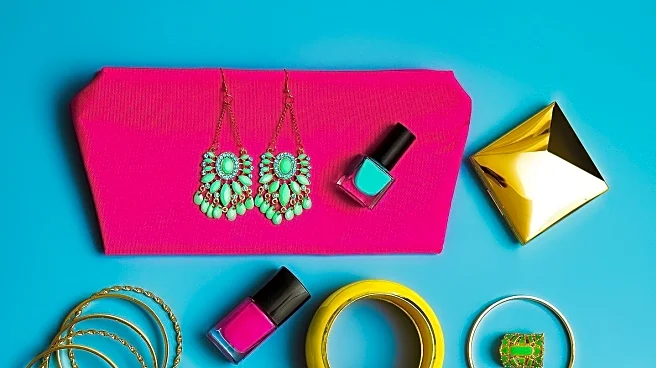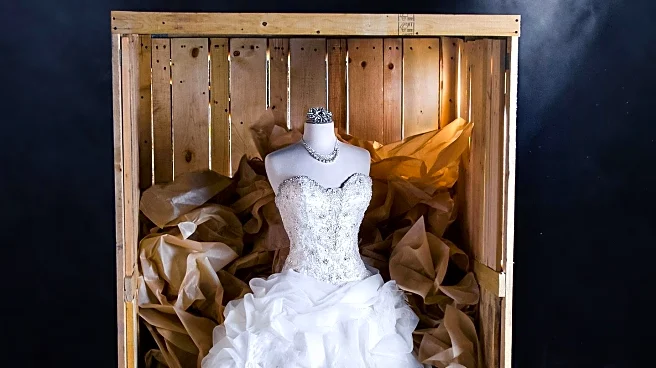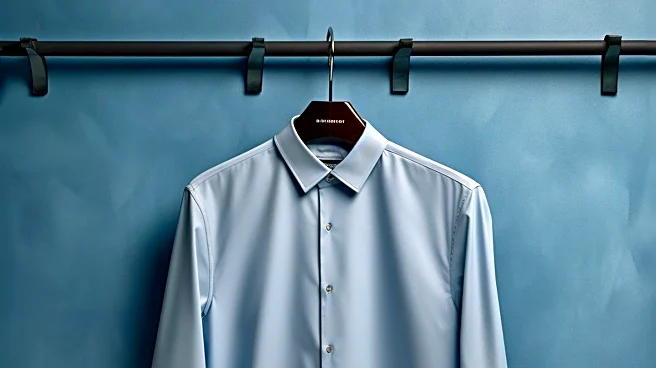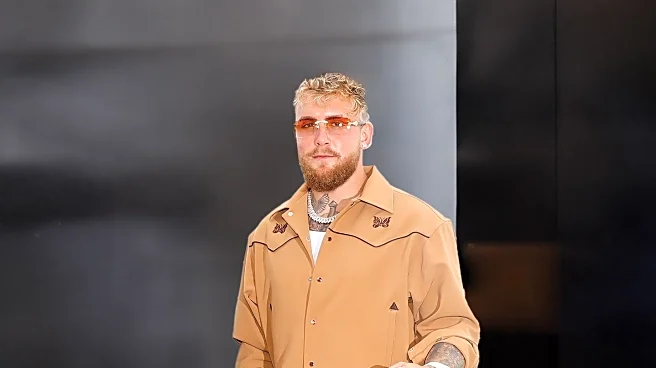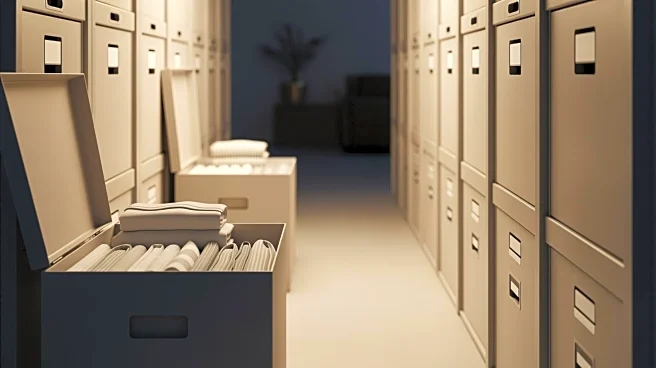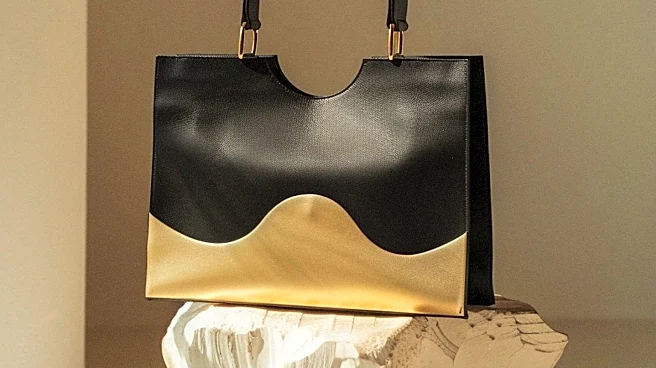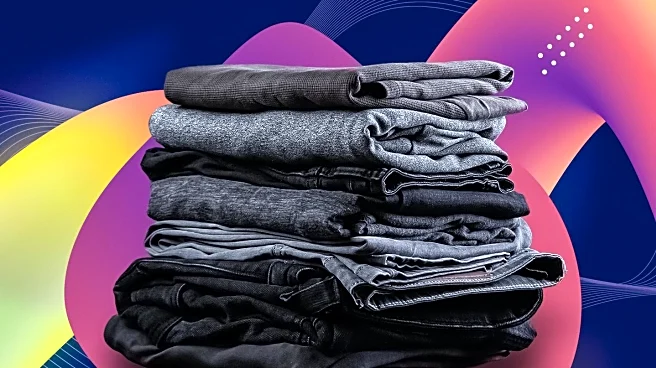What's Happening?
Vintage shoes have become increasingly popular among fashion enthusiasts, but they often face durability issues. Common problems include soles detaching due to degraded adhesives and internal wear that
is not immediately visible. Experts suggest that quality materials like genuine leather and wood heels are more durable than synthetic alternatives. Proper maintenance, such as reinforcing soles and using waterproof sprays, can extend the life of vintage footwear. Collectors are advised to inspect shoes carefully before purchase and store them in cool, dry places to prevent damage.
Why It's Important?
The growing interest in vintage shoes reflects broader trends in sustainable fashion and consumer desire for unique, timeless pieces. However, the durability challenges associated with vintage footwear highlight the need for informed purchasing and maintenance practices. As consumers increasingly turn to second-hand markets, understanding how to preserve these items becomes crucial. This knowledge not only enhances the longevity of vintage shoes but also supports sustainable fashion practices by reducing waste and promoting the reuse of existing products.
Beyond the Headlines
The vintage shoe market is part of a larger movement towards sustainable fashion, where consumers seek to minimize environmental impact by purchasing second-hand items. This trend encourages a shift away from fast fashion and towards more thoughtful consumption. The challenges of maintaining vintage shoes also underscore the importance of craftsmanship and quality in fashion, prompting consumers to value durability and longevity over fleeting trends. As the market for vintage items grows, it may influence fashion brands to prioritize sustainable materials and production methods.


